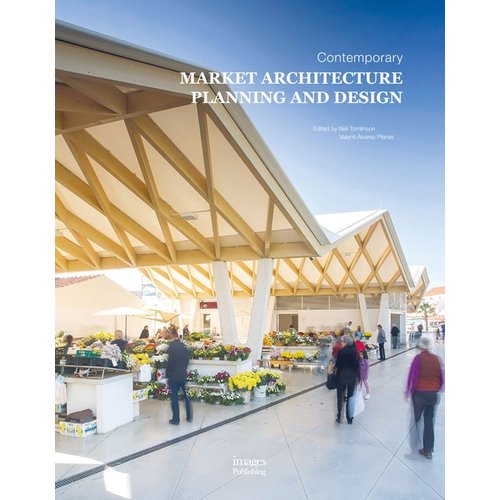The U.S. Green Building Council (USGBC) has announced the release of an update to LEED, the world’s most widely used sustainability rating system. Version 4.1 for new construction (BD+C) and interior spaces (ID+C) is now open for registration. “As the global green building market has evolved, we must evolve with it,” said Mahesh Ramanujam, president & CEO of USGBC, when the update was launched in late January. “The hallmark of LEED is continuous improvement.”
There are currently more than 96,200 commercial projects participating in LEED in 167 countries and territories. While some indications suggest that the percentage of green building projects seeking certification is starting to plateau, the dramatic growth predicted for green building globally through 2021 means that LEED v4.1 will likely affect an increasing number of projects in an expanding culture of sustainability.
The revisions focus on improving building performance while making the rating system more accessible. Highlights include energy metrics that now account for greenhouse gas emissions (as well as energy cost), an upgrade of the energy performance benchmark to the most recent (2016) version of ASHRAE 90.1, and substantive or threshold modifications to specific credit requirements. For example:
- Materials and Resources credits now recognize efforts at a range of levels, bridging market realities and LEED’s goals.
- The Rainwater Management credit includes a lowered minimum percentile for rainfall retention and additional guidance for zero-lot-line projects.
- A new credit, Renewable Energy, better addresses the variety of methods of procuring renewables in an evolving global market.
- Compliance with the Low-Emitting Materials credit has been streamlined.
- Daylight and Acoustic Performance credits have been refined to give designers more flexibility in addressing such issues as sound transmission and glare, while expanding the range of achievement eligible for credit.
Many of these updates also apply to ID+C, along with the possibility of an additional point for projects located in a LEED-certified building, expanded provision for naturally ventilated spaces, and an option in the Tobacco Smoke Control prerequisite for circumstances outside the interior project’s control.
This update is the most recent in a series that began in March, 2018, with LEED v4.1 for existing buildings and spaces (O+M). The series continued in the fall of 2018 with LEED Zero (certifying net zero carbon, energy, water, and waste achievements), LEED recertification (for projects wanting to show they’re maintaining their original commitment), and LEED for Transit. Updates to the Residential and the Cities and Communities programs are scheduled to launch later this spring.
Introduction to LEED v4.1 BD+C and ID+C




